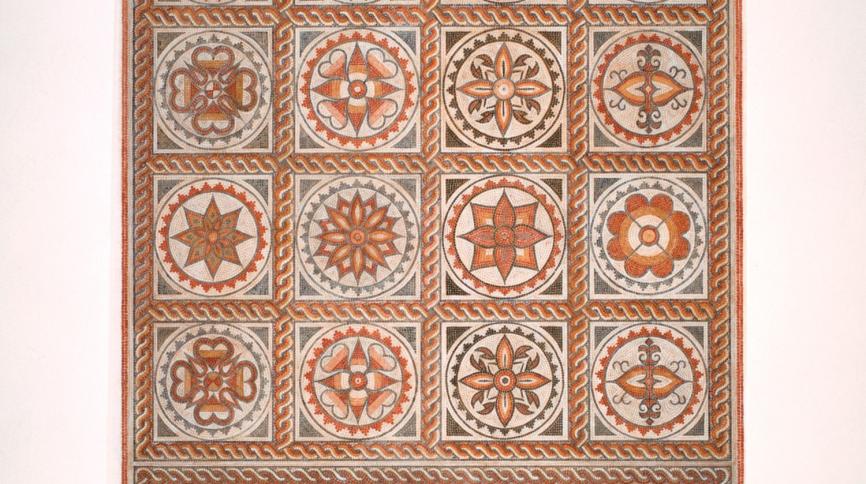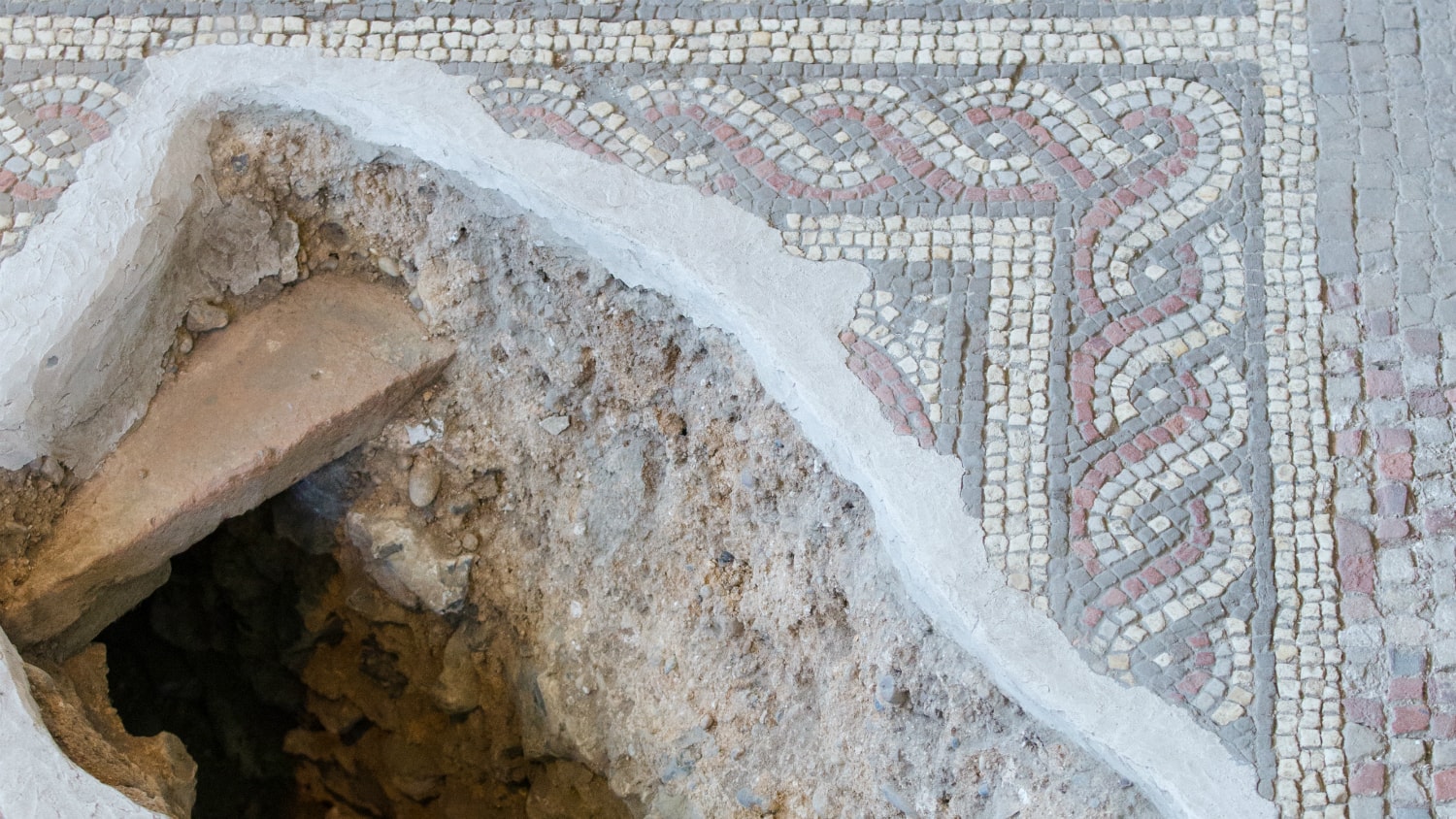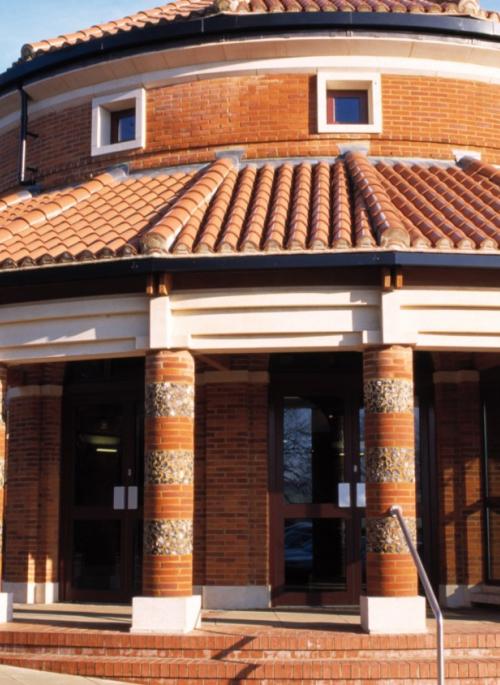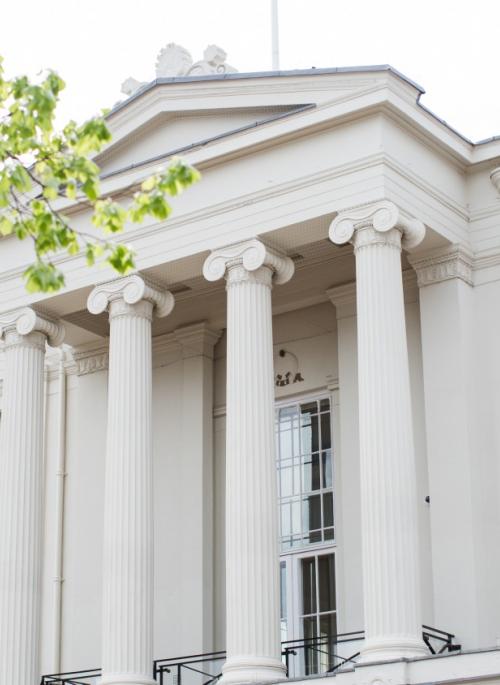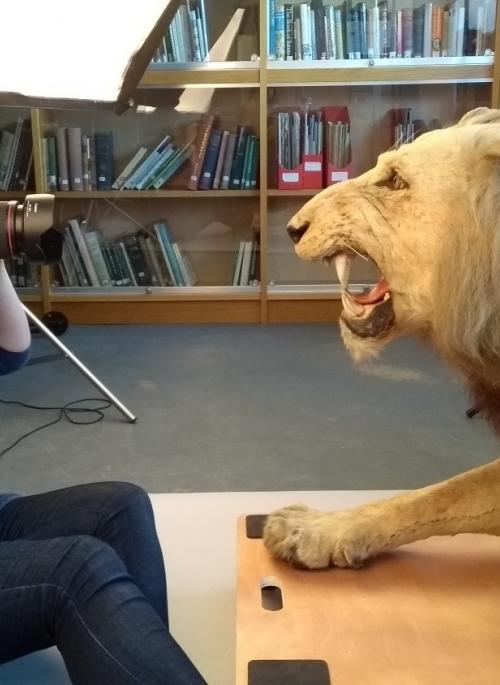A marvel of Roman engineering
Sitting a short walk from the internationally recognised Verulamium Museum is the Hypocaust. Located within Verulamium Park, this ancient underfloor heating system is a marvel of Roman engineering and an excellent example of the first indoor heating systems installed in Britain.
Roman hypocaust systems allowed hot air to circulate beneath the floor and through the walls of buildings. Floors were raised on brick columns (pilae) or, as in this case, trenches were cut below the floor to allow the hot air through. The mosaic covering the hypocaust was made of tesserae (small cubes) of cut stone or tile. These were set into a thin layer of fine mortar which was spread over a concrete floor. The tesserae were grouted with mortar and polished with abrasive stones. The floor may have also been polished with beeswax to enhance the colours.
The floor is thought to have been part of the reception and meeting rooms of a large town house, built around AD 200 near Watling Street, the major Roman road that ran past Verulamium.
This 1800 year old hypocaust was uncovered during excavations in Verulamium Park in the 1930s by Sir Mortimer & Tessa Wheeler. It was decided that it would be best to leave both the mosaic and hypocaust in their original Roman location rather than risk moving them.
Today, the Hypocaust is housed within a sleek modern building and is free to visitors.
